The launch of the Space Launch System (SLS) lunar rocket failed on Monday, August 29 due to an engine malfunction. We hope that the long-awaited start on Saturday, September 3 will eventually take place. While engineers are fixing problems, and you are waiting for a live broadcast of the launch, we suggest you learn some interesting facts about the megaraket, which was created not only for humanity’s travels to the Moon, but even to Mars.
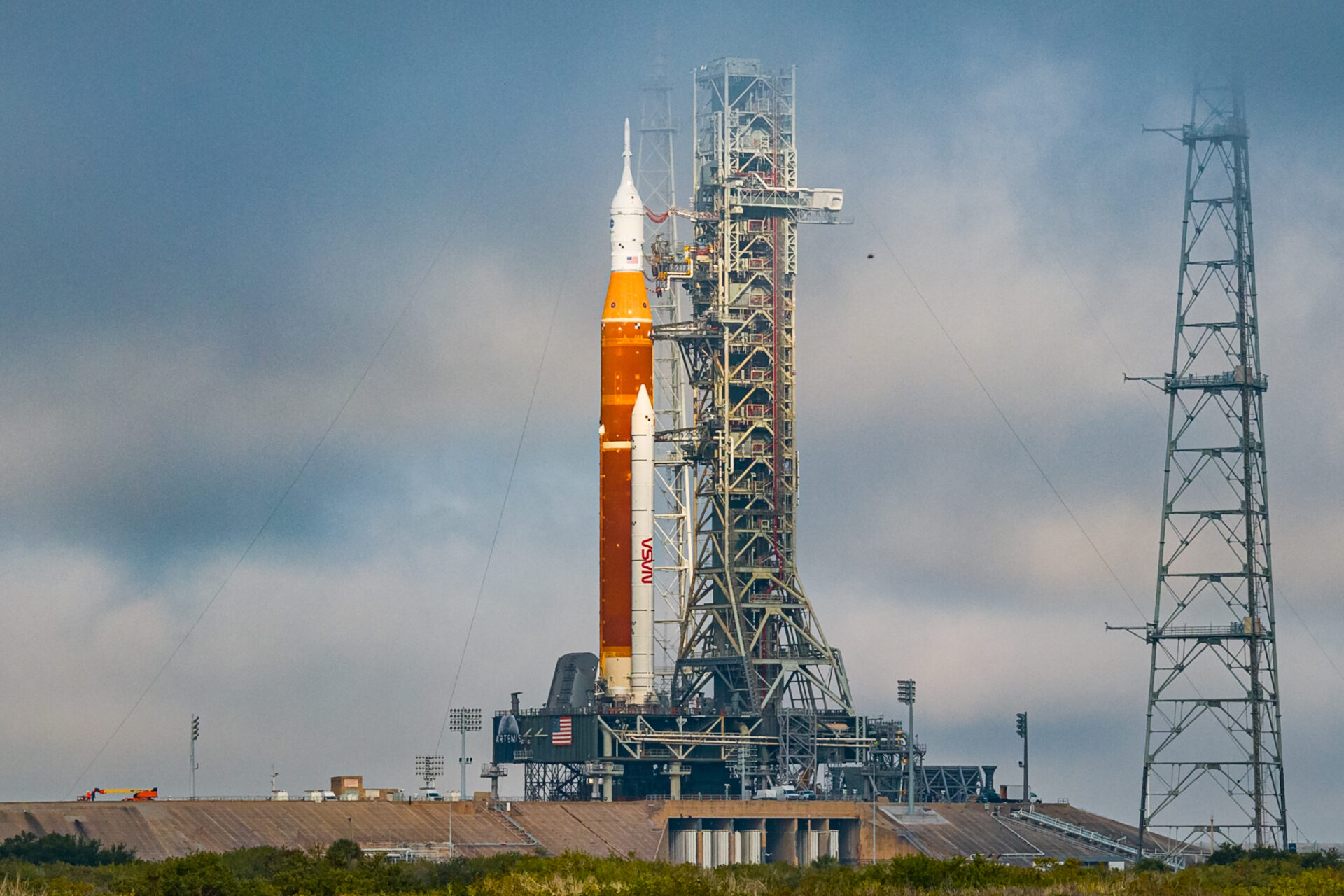
Designed for interplanetary travel
The SLS is the only rocket with enough power to send the Orion manned spacecraft to the Moon and even further. Orion is not a small capsule, it is quite large and heavy, designed for four astronauts. Inside, the spacecraft has everything necessary for traveling to deep space, where the crew has the opportunity to eat, sleep, work and spend time on board for months.
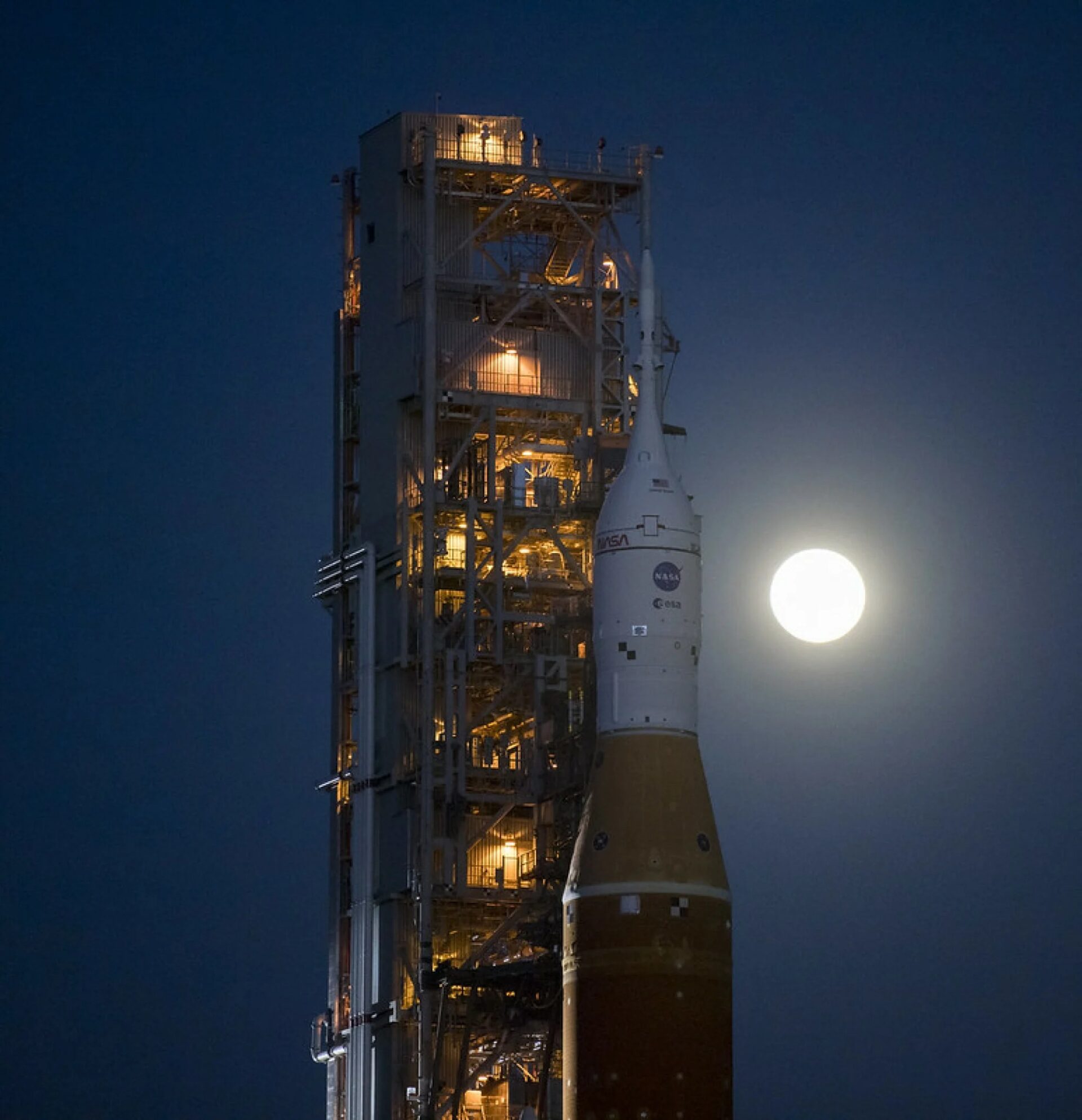
As part of the first Artemis I Orion mission, it will fly empty – without a crew and in fully automatic mode, it will fly past the Moon, fly around it and return to Earth. Three weeks after the launch, the capsule will land in the Pacific Ocean. One of the main goals of the first Artemis mission will be to test the ability to safely enter the atmosphere and land in the right place.
SLS is more powerful than Saturn V
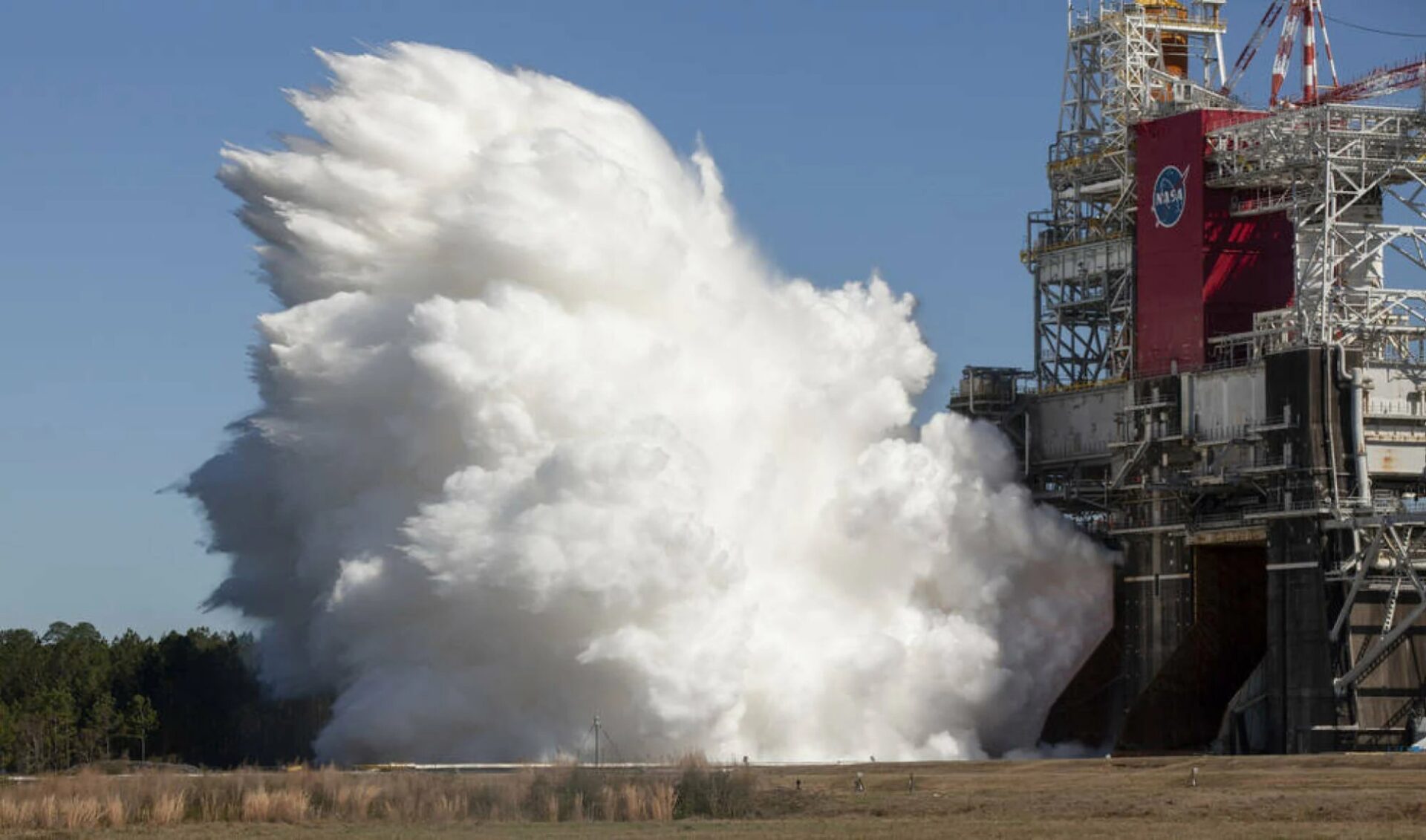
The SLS megarocket with a height of 98 meters is almost equal to the Motherland monument. But the SLS does not reach the height of the famous Saturn V – the last rocket that NASA used to deliver people to the Moon. The Apollo-era rocket was 12 meters taller. But the SLS is much more powerful and will produce almost 4,000 tons of thrust — the power that the rocket engines provide during launch and ascent into space. Its power is enough to keep eight Boeing 747 in the air at the same time. That is, the thrust of the megarocket is 15% greater than Saturn V. Moreover, the future configurations of the new rocket will be even more powerful when humanity begins to conquer Mars.
Built in the legacy of the Space Shuttle
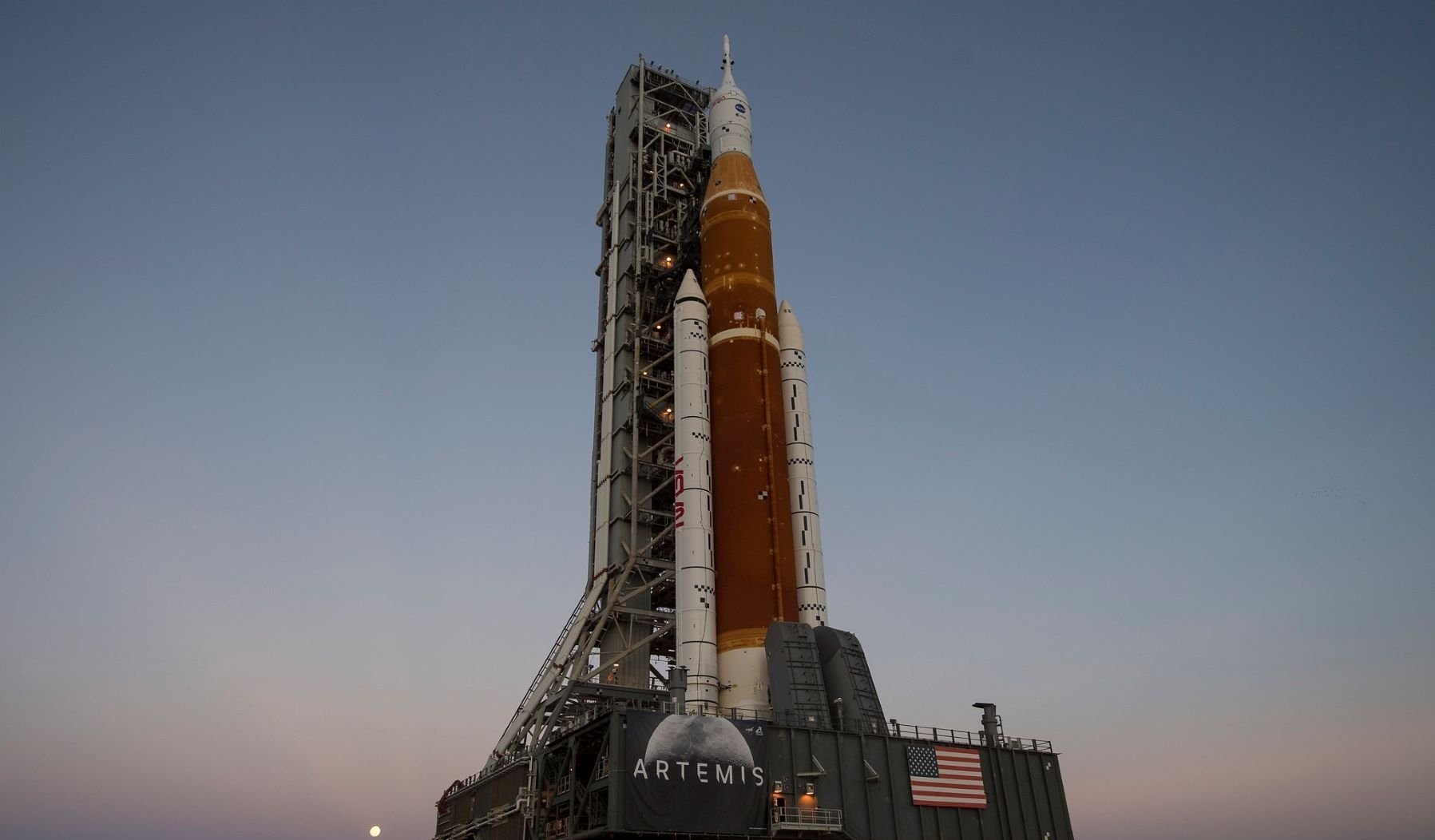
The SLS is literally and figuratively built on the legacy of the Space Shuttle. NASA has included in the new rocket the main components of the “space shuttles” that operated from 1981 to 2011. Therefore, the similarity of the SLS design with the Space Shuttle accelerator is not an accident. The central orange core is actually an elongated external fuel tank of the shuttles, feeding the four main engines. Also, at launch, the side solid–fuel boosters will help the rocket gain the necessary speed to enter orbit during the first phase of the flight, providing 75% of the initial thrust – the same function they performed at the launch of the Shuttles.
SLS is a real transformer
Engineers have designed the SLS in such a way that the rocket can be improved and more powerful configurations based on it, since future Artemis missions will be more difficult. The first assembly, called Block 1, will use a central rocket with four main engines and side solid-fuel boosters to launch the 27–ton Orion assembly into Earth orbit together with the Interim Cryogenic Propulsion Stage module – the last will provide an additional boost to the capsule for flight. NASA plans to use this configuration for the first three Artemis missions, including the moon landing.
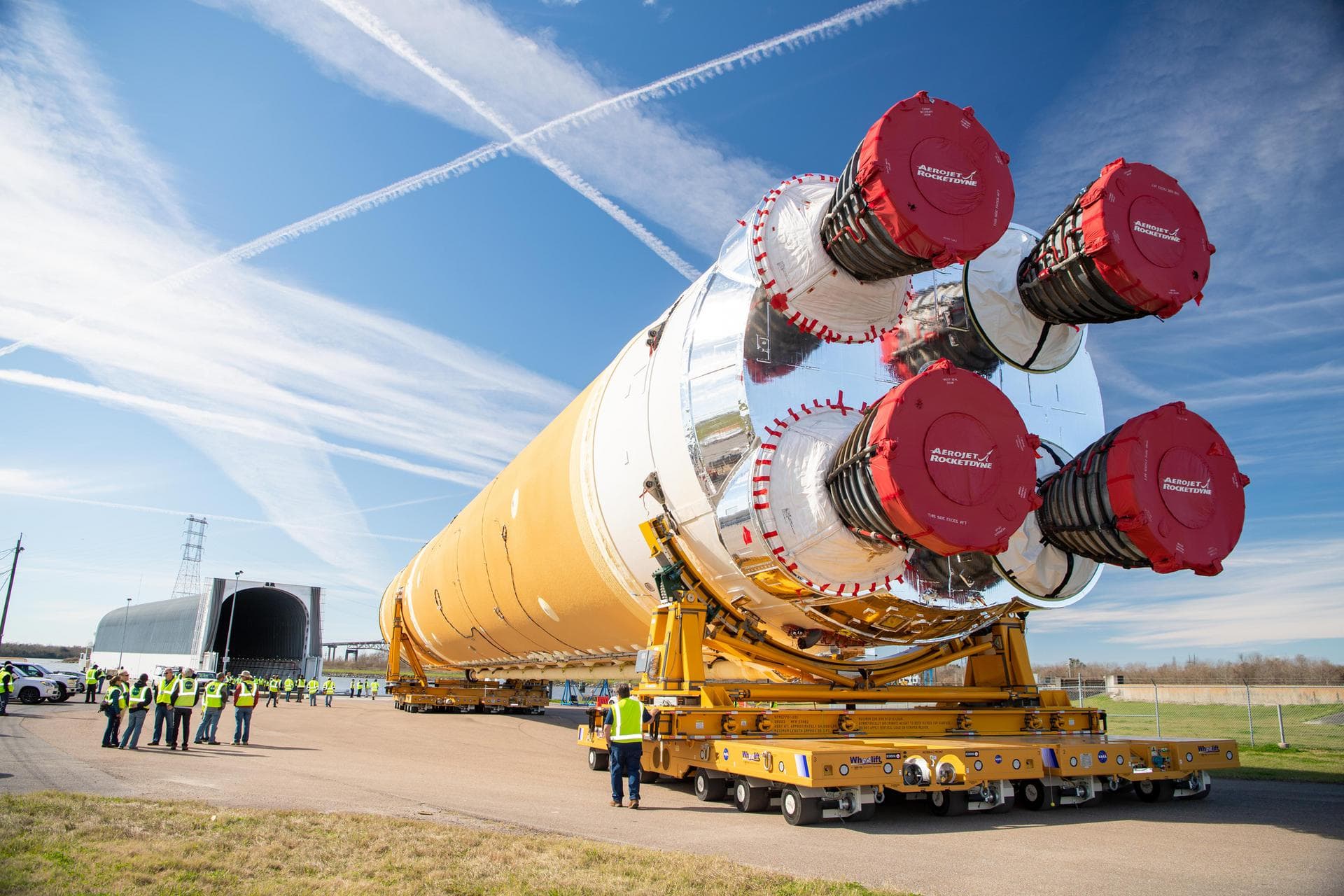
Later missions will have a more powerful rocket configuration, including a heavy research top. This rocket, known as Block 1B, will be able to deliver the crew to the Moon together with a large volume of cargo with a total weight of up to 38 tons. The subsequent iteration of the SLS, known as Block 2, will provide 4,300 tons of thrust. This is only 8% more than Artemis I, but the rocket will be able to lift a whopping 46 tons of payload. This configuration will become a “workhorse” for sending cargo to the Moon, Mars and other destinations in deep space.
The most expensive “rocket of the nation”
Most in NASA and Congress call the SLS the “rocket of the nation” or the “rocket of America”. It is considered a national treasure, designed to serve the national interests of science – to explore the Solar System. In 2010, Congress passed a NASA spending bill that not only ordered the agency to enter into contracts only with American companies, but helped create and support thousands of jobs across the United States. About 3,800 suppliers in all 50 states have joined the SLS and Orion rocket projects. Artemis is not just a space program, but a job creation program.
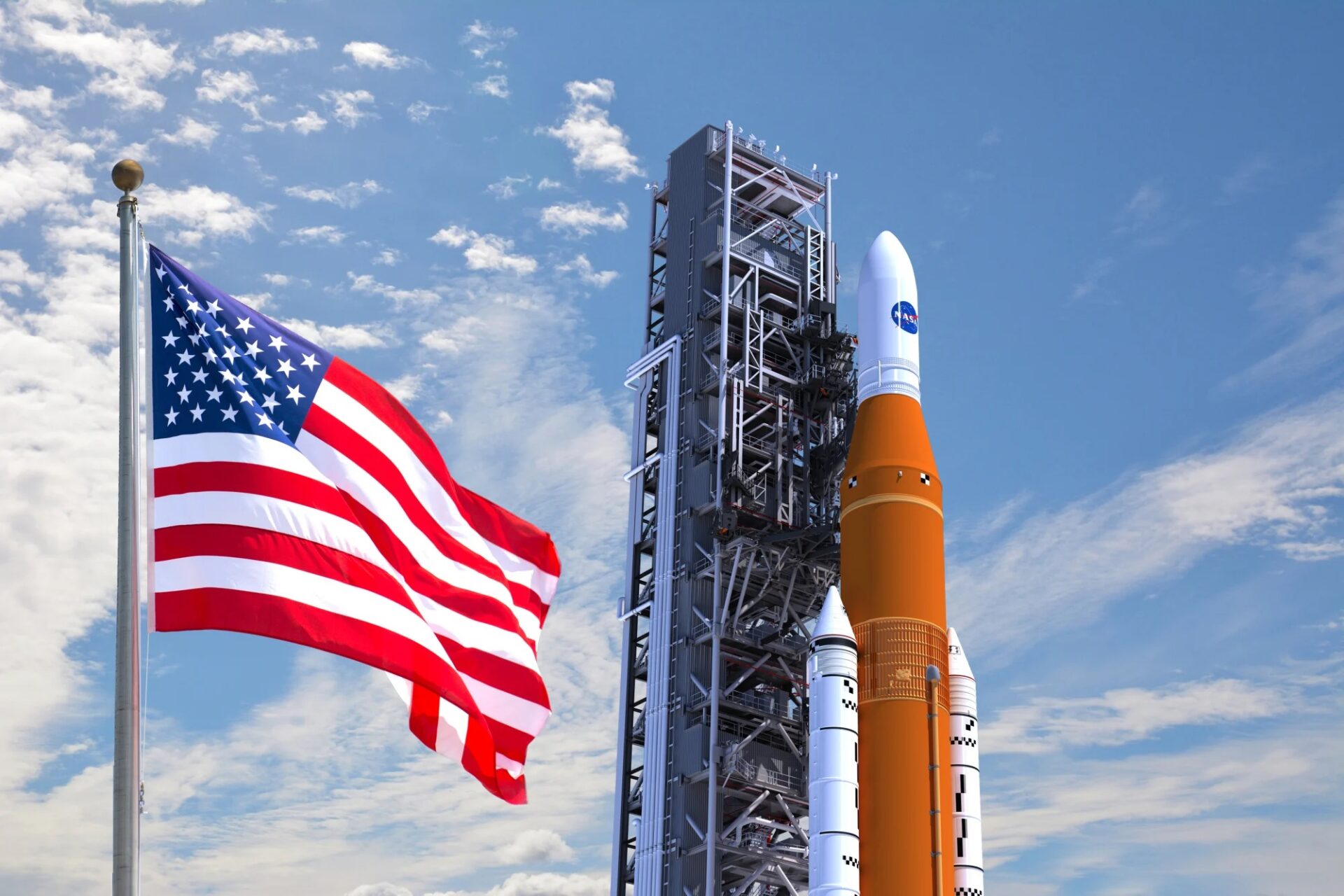
At the same time, it is called the most expensive rocket ever built. At the March Congressional committee, Inspector General Paul Martin estimated that each launch would cost USD 4.1 billion – about one-fifth of NASA’s total budget. Martin expects NASA to spend USD 93 billion on the Artemis program by 2025.
According to Mashable
Follow us on Twitter to get the most interesting space news in time
https://twitter.com/ust_magazine

